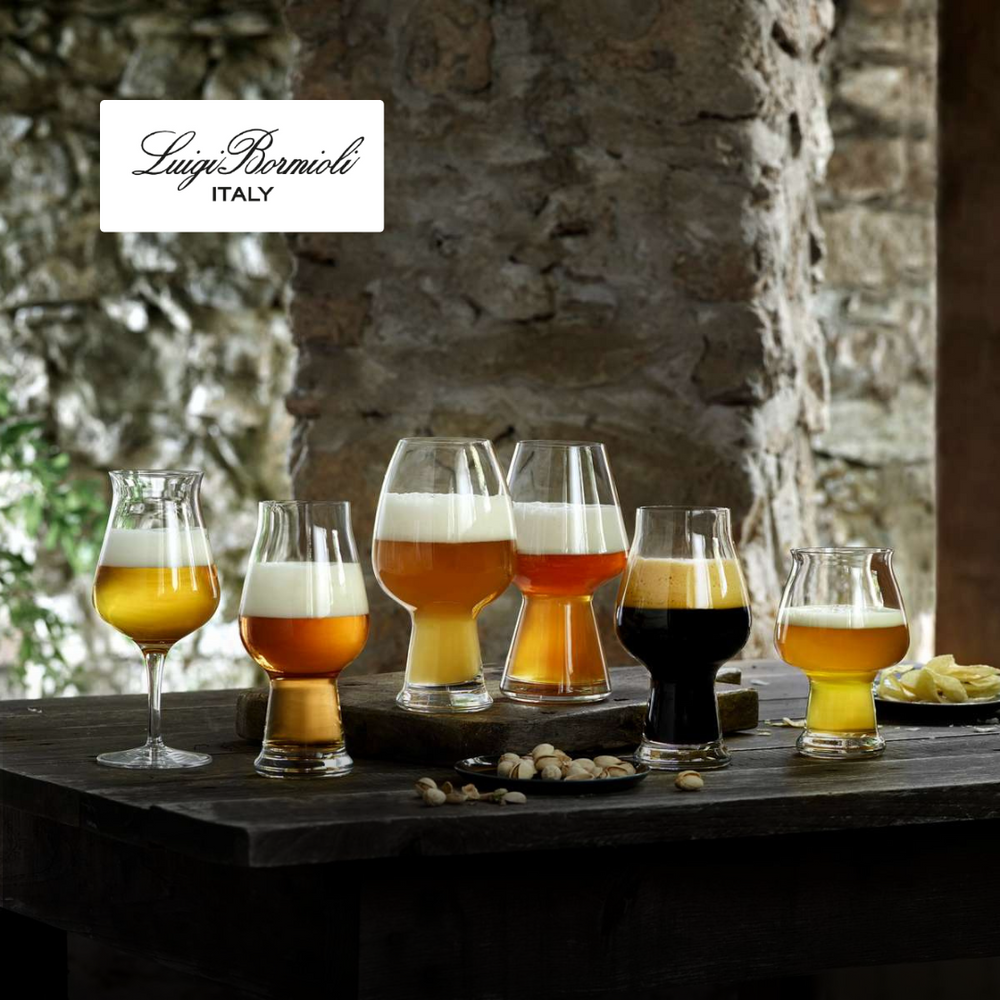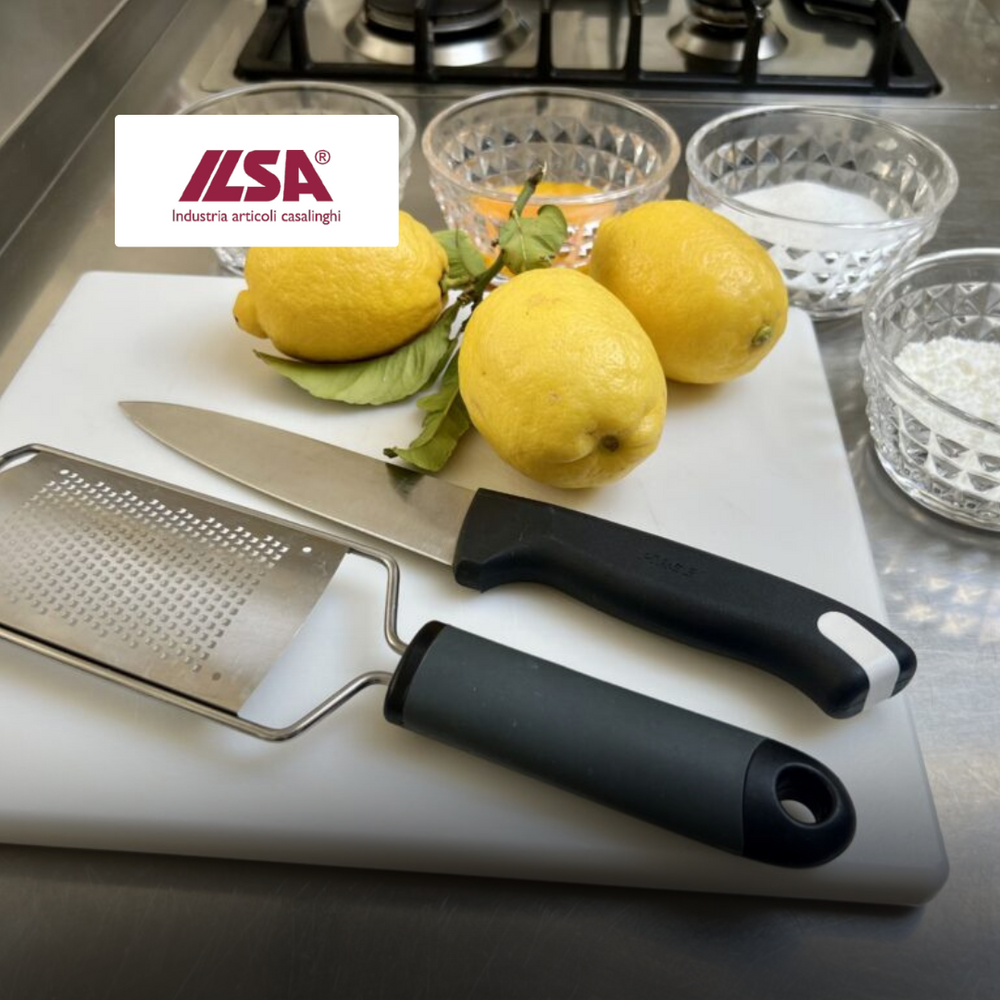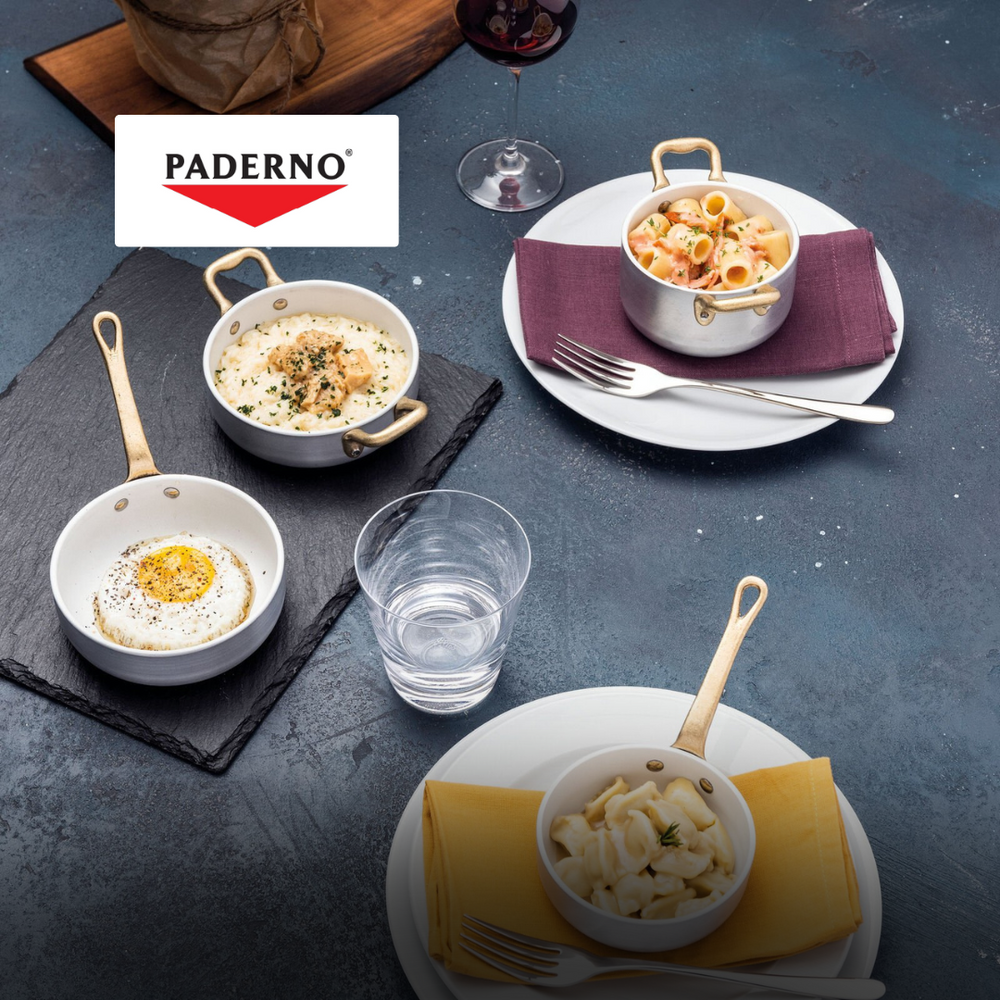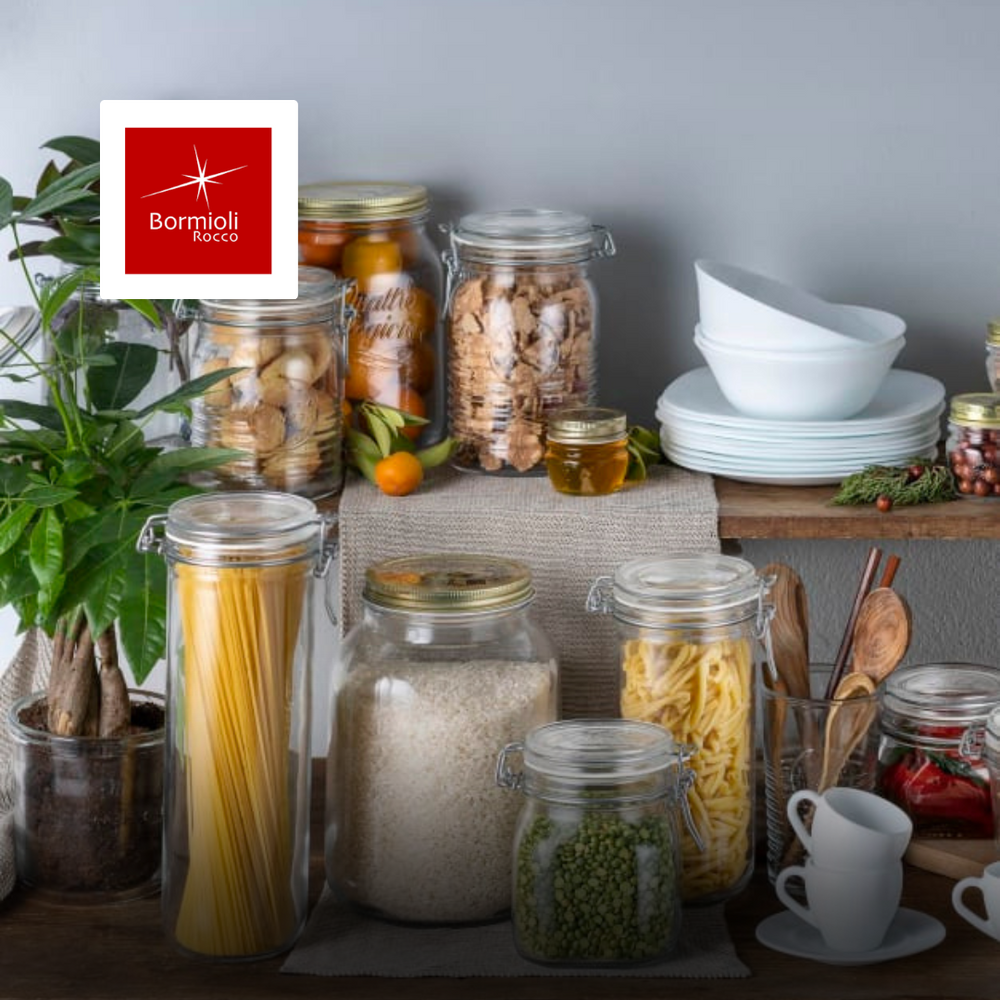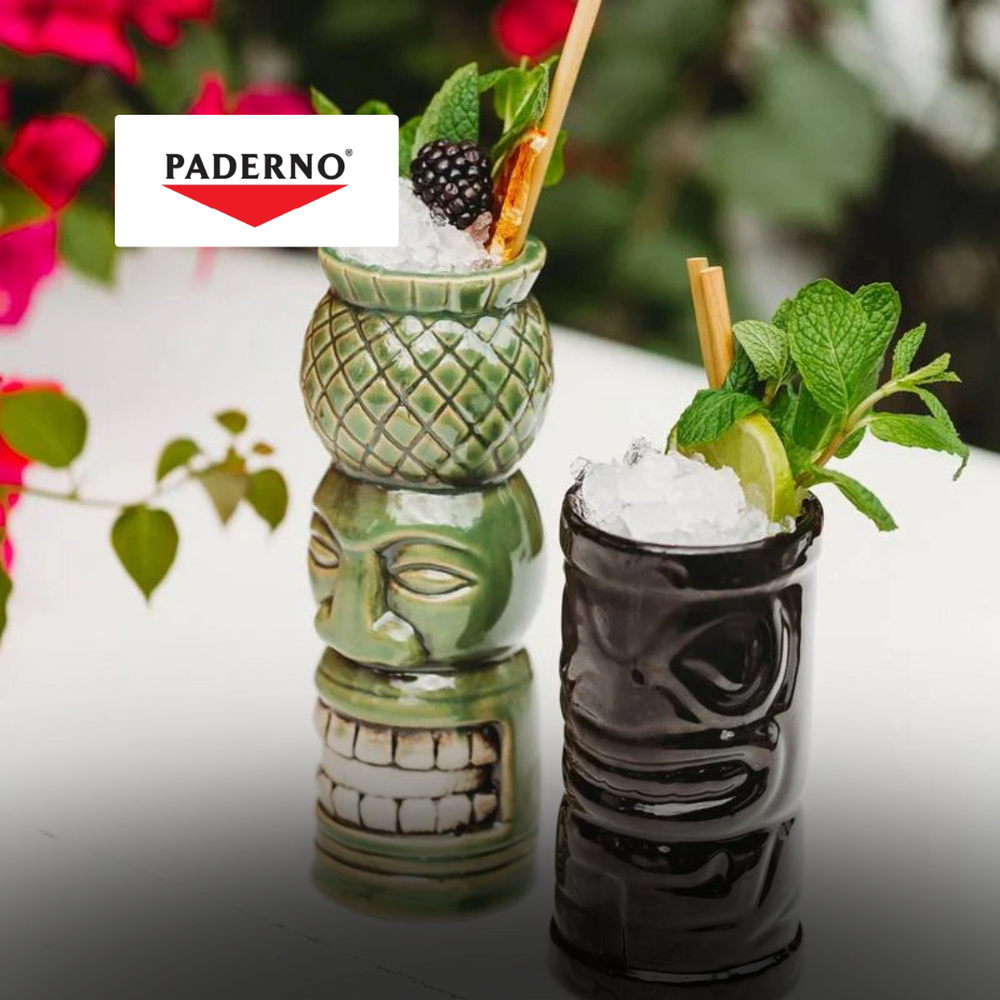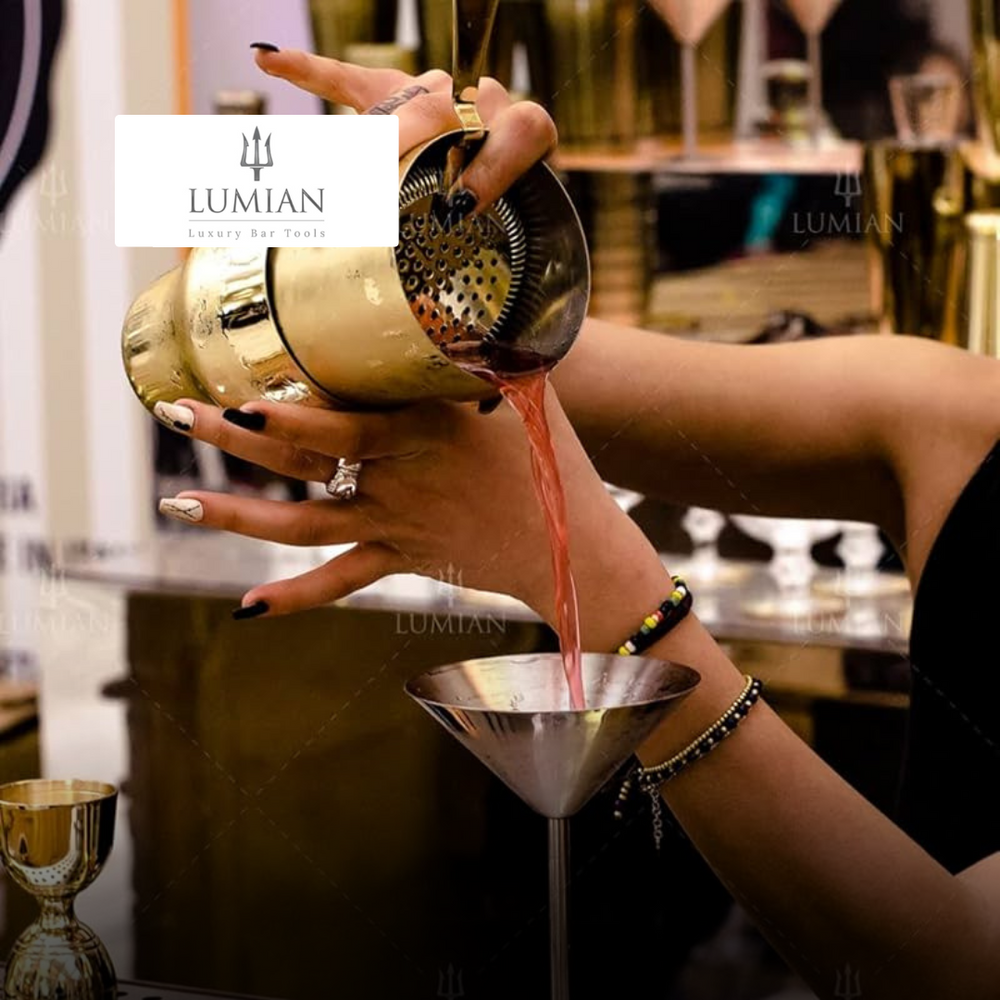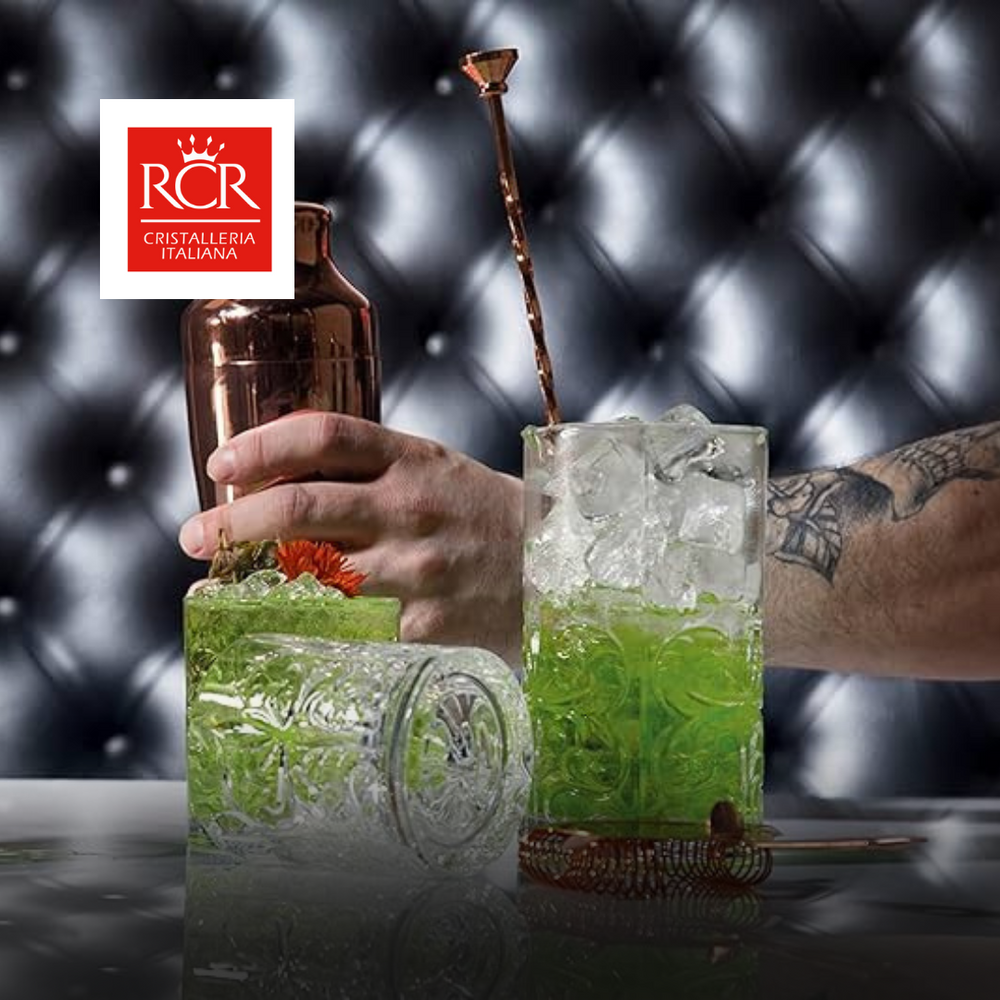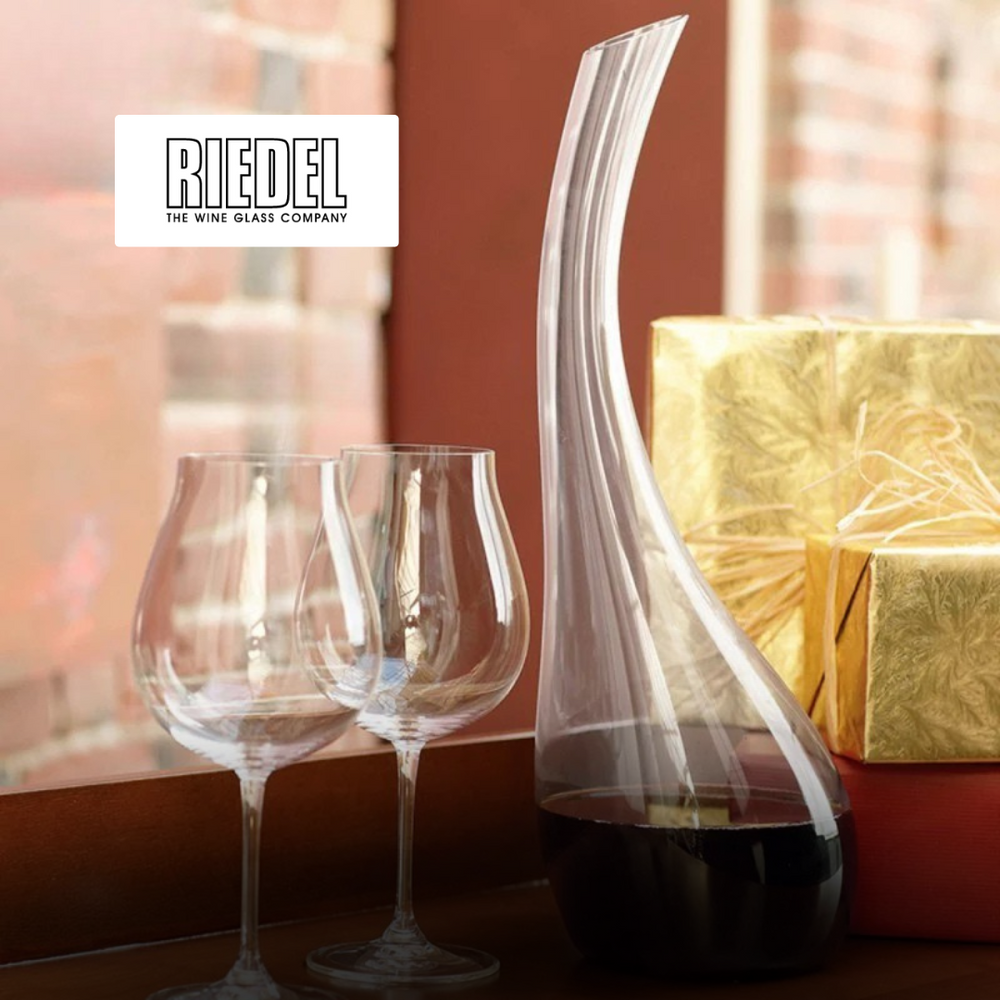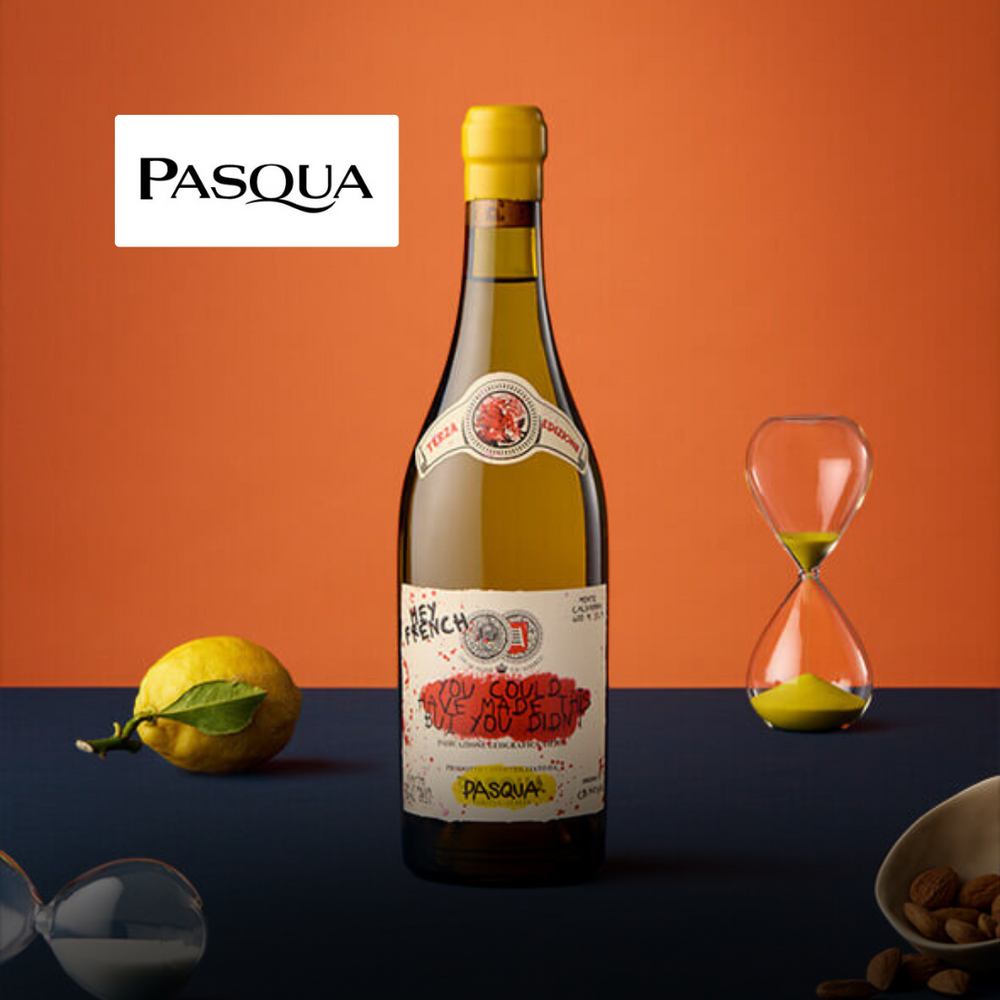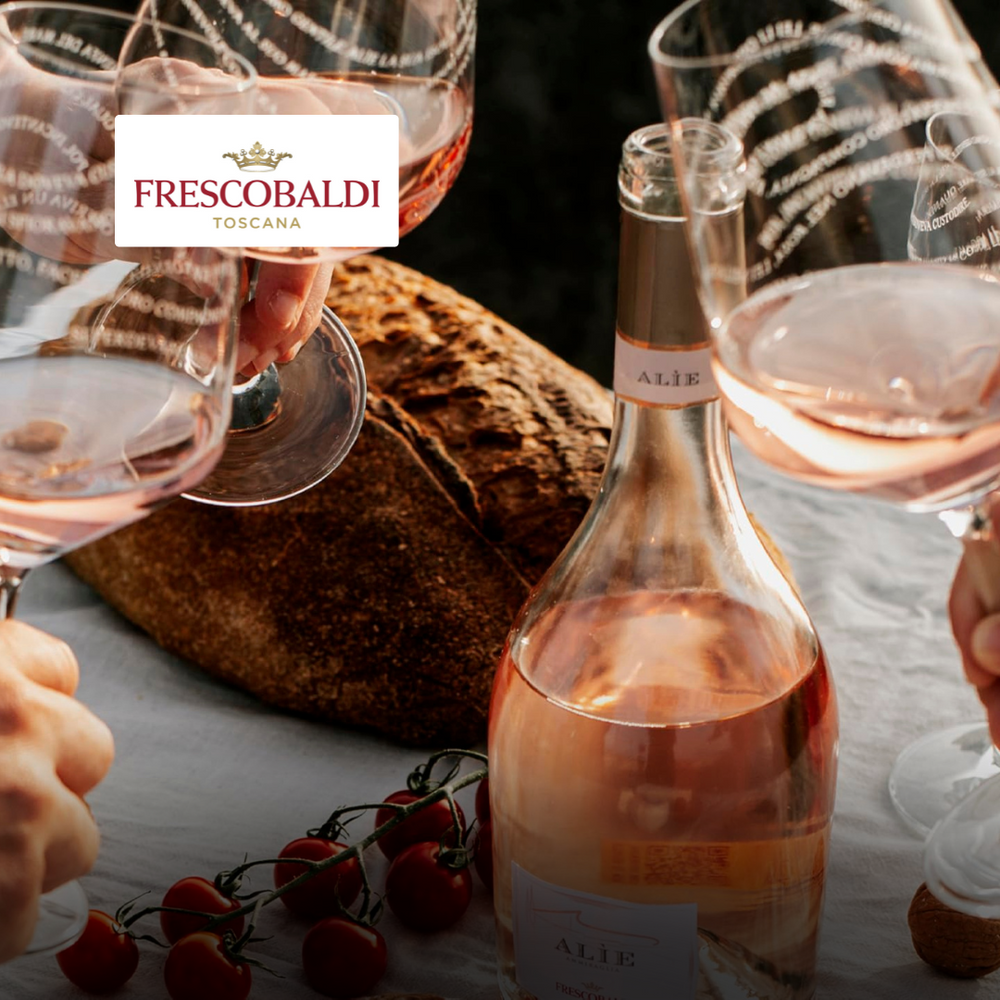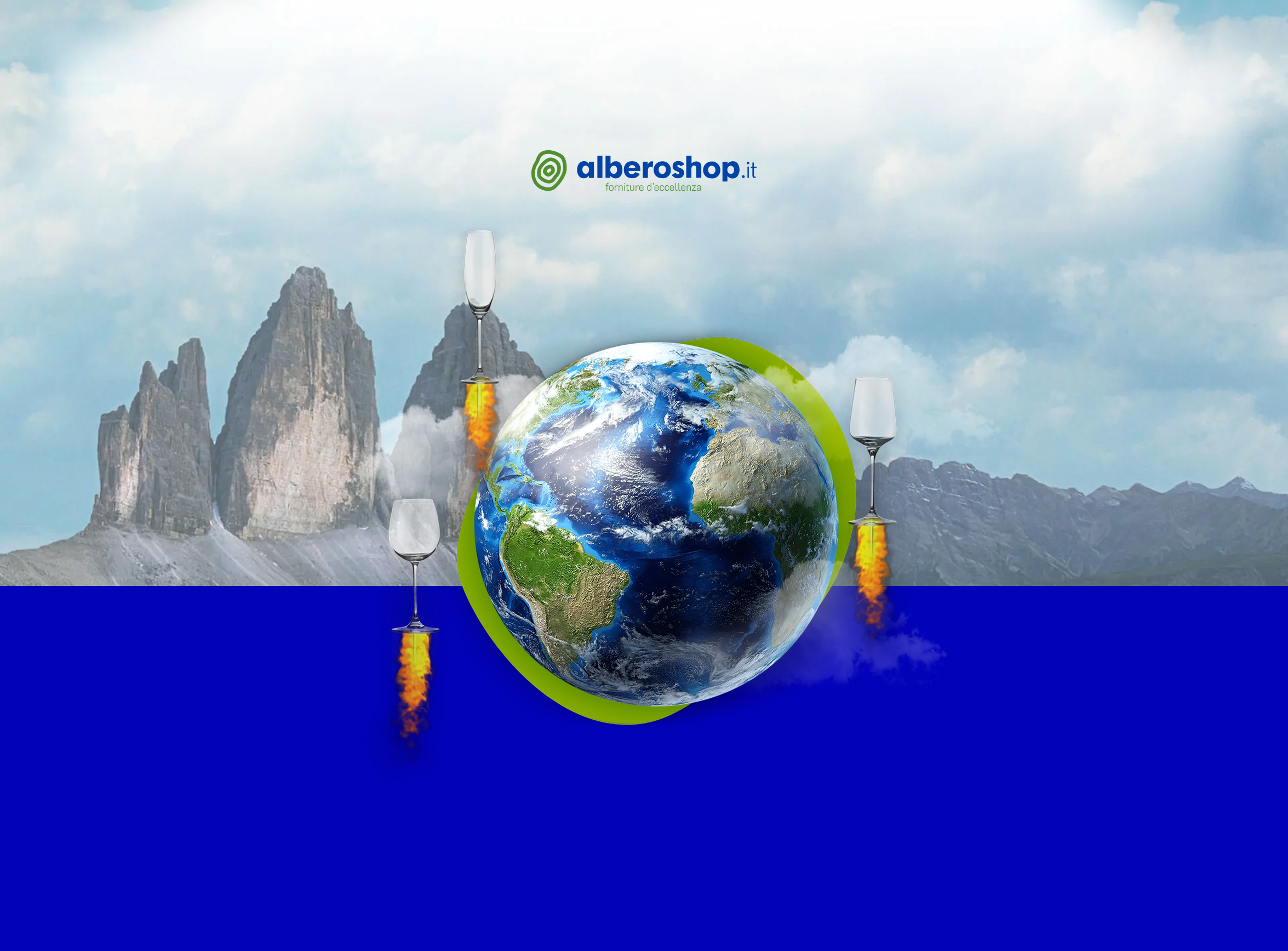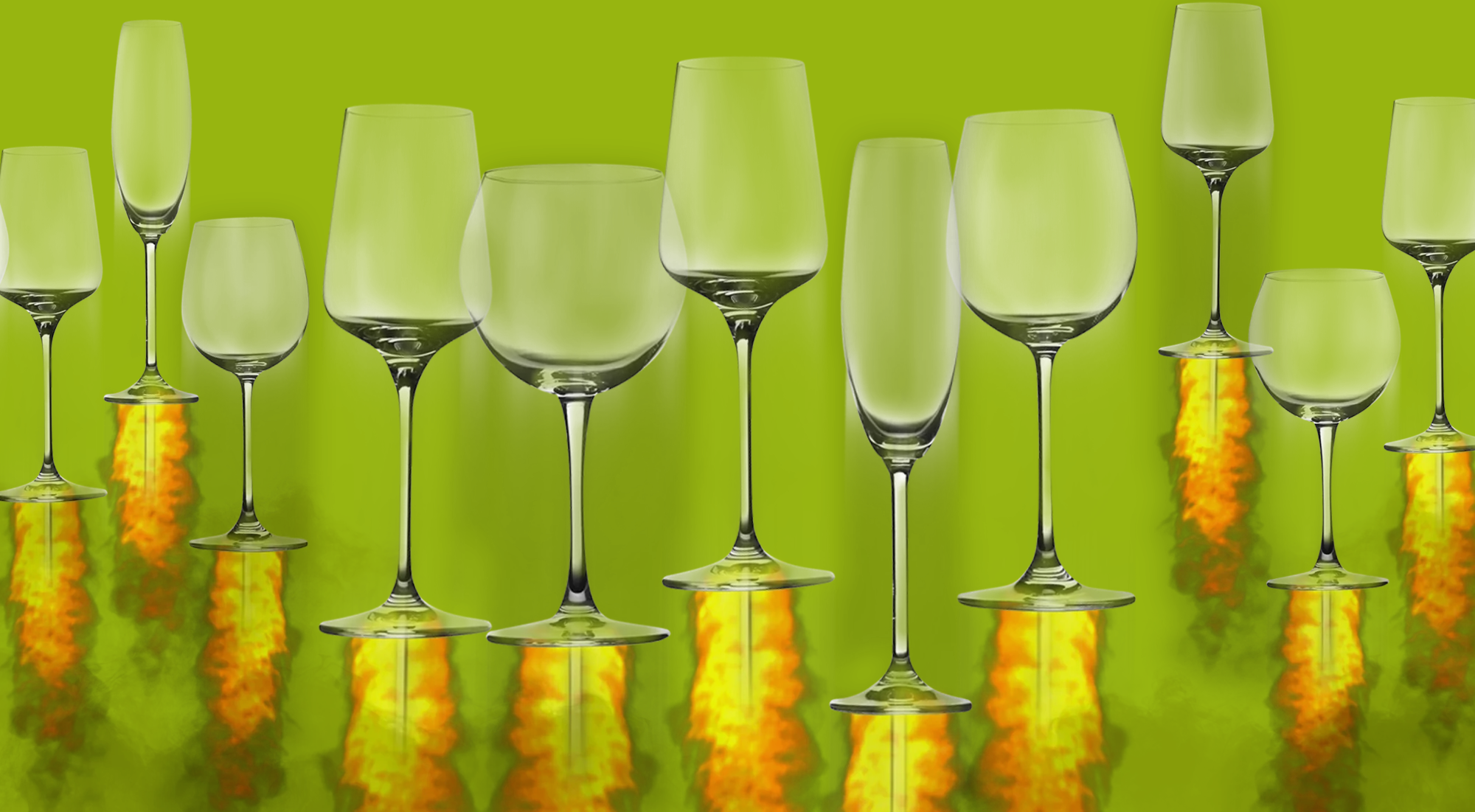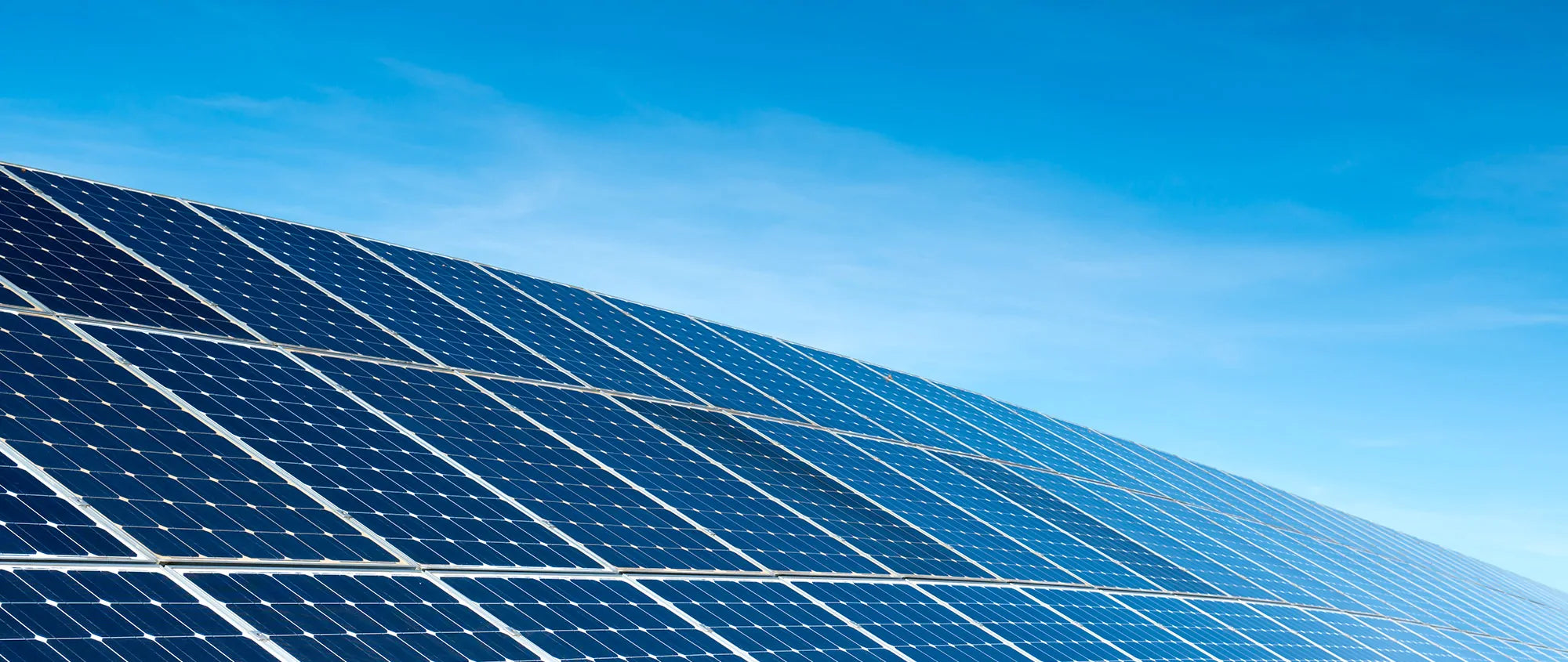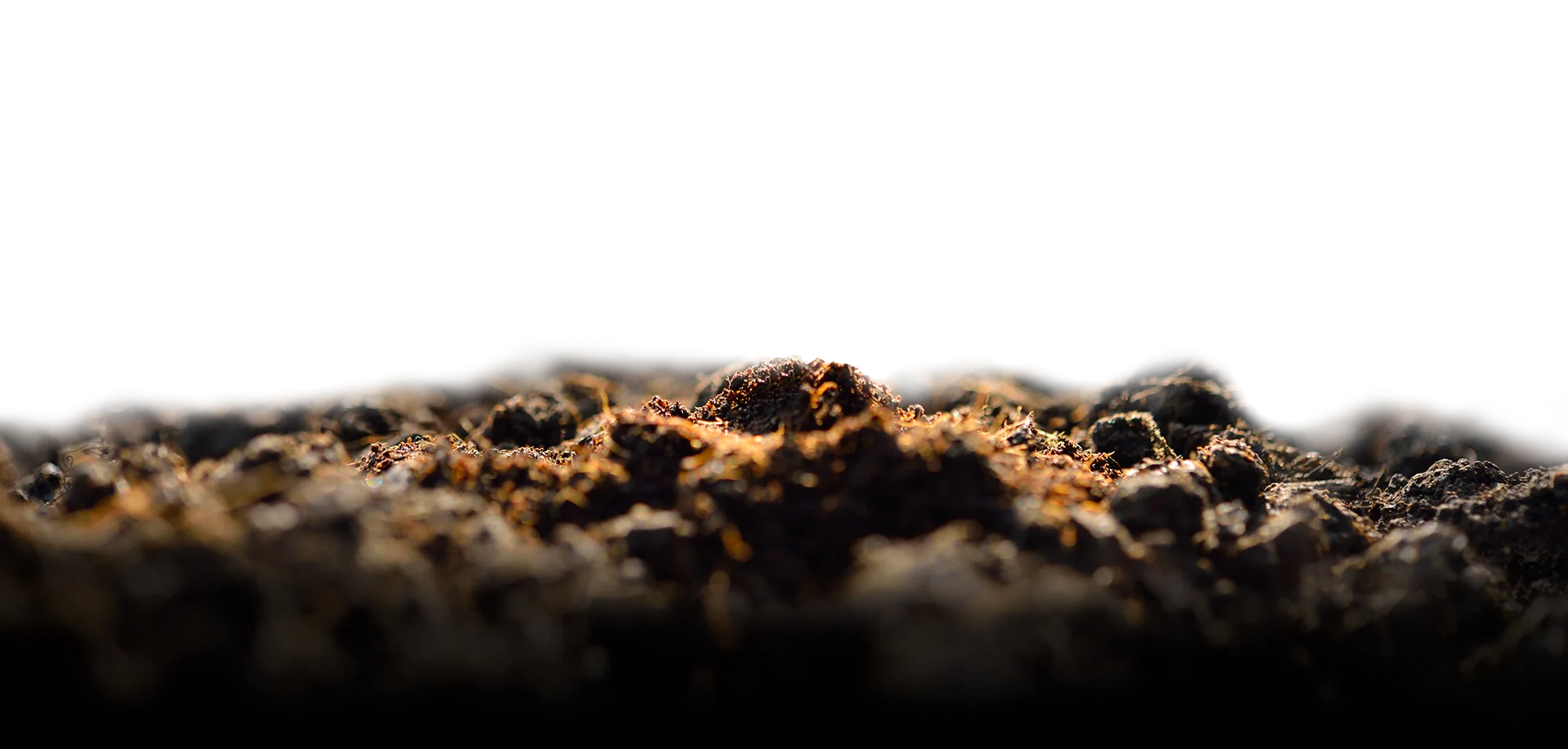ad oggi abbiamo inviato in tutto il mondo oltre 50 milioni di bicchieri di vetro
Imagine rockets!
Strictly zero impact that arrive very quickly in homes all over the world!
Glass, as we all know, is infinitely recyclable 🙂 and knowing that every day an average of over 5,000 glasses leave our warehouse and head to homes and businesses all over the world is a great first result! But let's find out together why we should prefer glass to plastic , in a clear and fast way.
Let's see the difference between a plastic cup and a glass cup.
Both perform the same function. The consequences are different.
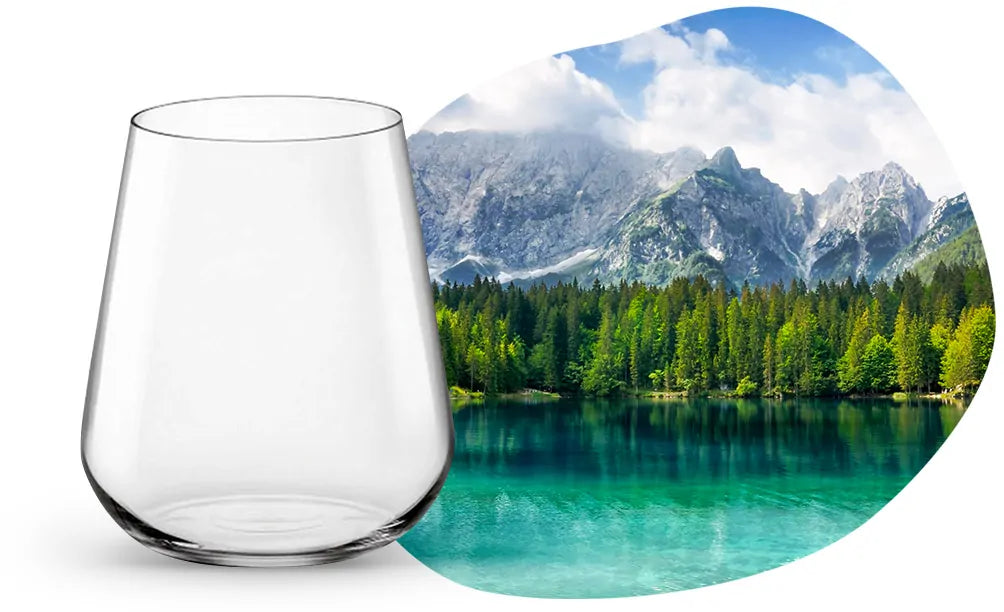
GLASS
100% recyclable ● infinitely recyclable ● non-toxic ● super resistant ● does not contaminate the environment ● refined design ● does not alter the contents ● preserves perfectly ● sustainable and economical ● reusable ●
GLASS
100% recyclable ● infinitely recyclable ● non-toxic ● super resistant ● does not contaminate the environment ● refined design ● does not alter the contents ● preserves perfectly ● sustainable and economical ● reusable ●

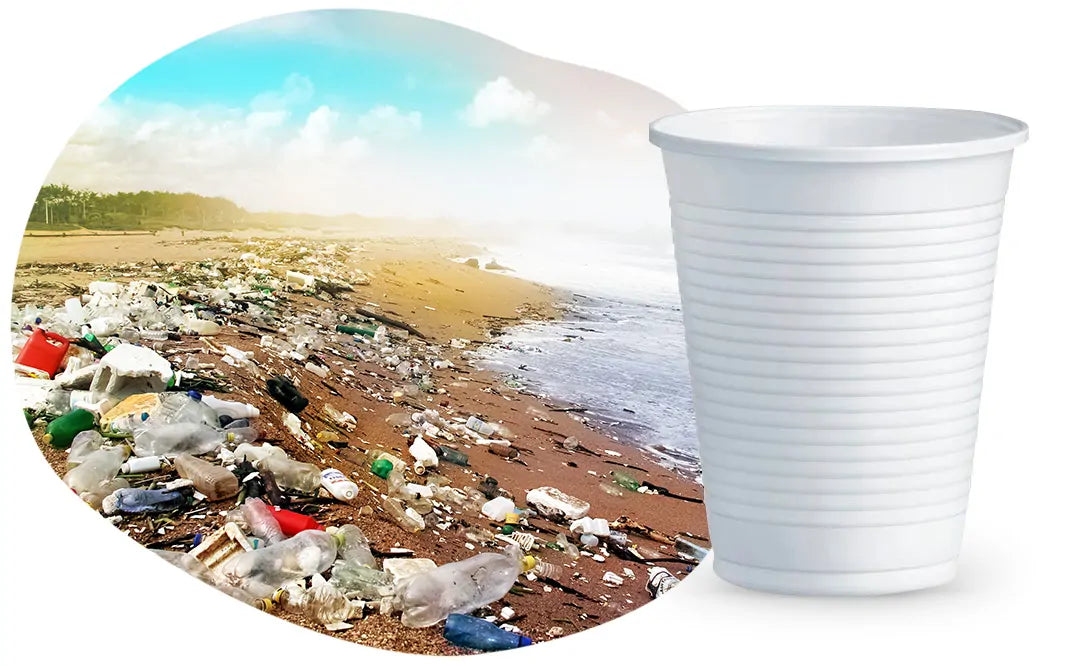
PLASTIC
●recyclable only 2/3 times●is absorbed by organisms●contaminates the ecosystem●is dispersed into the sea●it takes about 500 years for a plastic cup to decompose●pollutes the environment●by 2021 the European Union will ban the use of disposable products●seriously damages terrestrial and marine fauna
PLASTIC
●recyclable only 2/3 times●is absorbed by organisms●contaminates the ecosystem●is dispersed into the sea●it takes about 500 years for a plastic cup to decompose●pollutes the environment●by 2021 the European Union will ban the use of disposable products●seriously damages terrestrial and marine fauna

OVER 1.5 MILLION ANIMALS EVERY YEAR FALL VICTIM OF PLASTIC WASTE
They suffocate on our waste. Birds, fish, whales, turtles: one and a half million animals, every year, are victims of plastic waste dumped in the oceans. And the problem is set to get worse, says Laurence Maurice, of the French Institute for Research on Development (IRD). "In the North Pacific, 30% of fish have ingested plastic during their life cycle," observes Laurence Maurice. Spotted for the first time in 1997, it is in this ocean, between the coasts of California and Hawaii, that the largest of the "islands" of waste is located. Since then, its size has tripled, reaching 3.5 million square kilometers, seven times the size of France.
33,800 PLASTIC BOTTLES ARE DUMPED INTO THE SEA EVERY MINUTE
Every km of beach receives about 5kg of plastic from the sea every day
Humans ingest an average of 5 grams of plastic per week through food
[ source WWF ]
What are we doing to avoid all this?
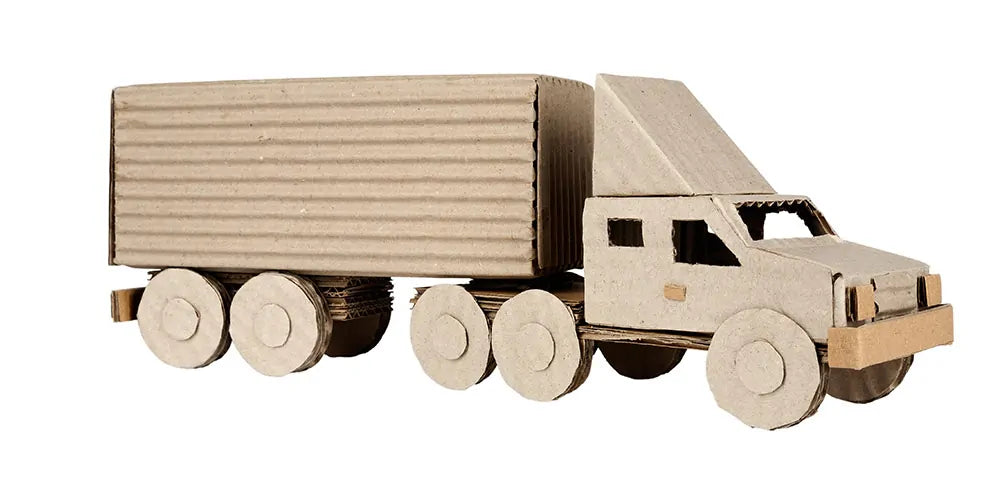
100%
of our boxes and packaging is recyclable and reusable
Unleash your imagination and invent new ways to reuse them!
100%
of our boxes and packaging is recyclable and reusable
Unleash your imagination and invent new ways to reuse them!

More than 60% of the protective and packaging material used inside the boxes is recycled material.


